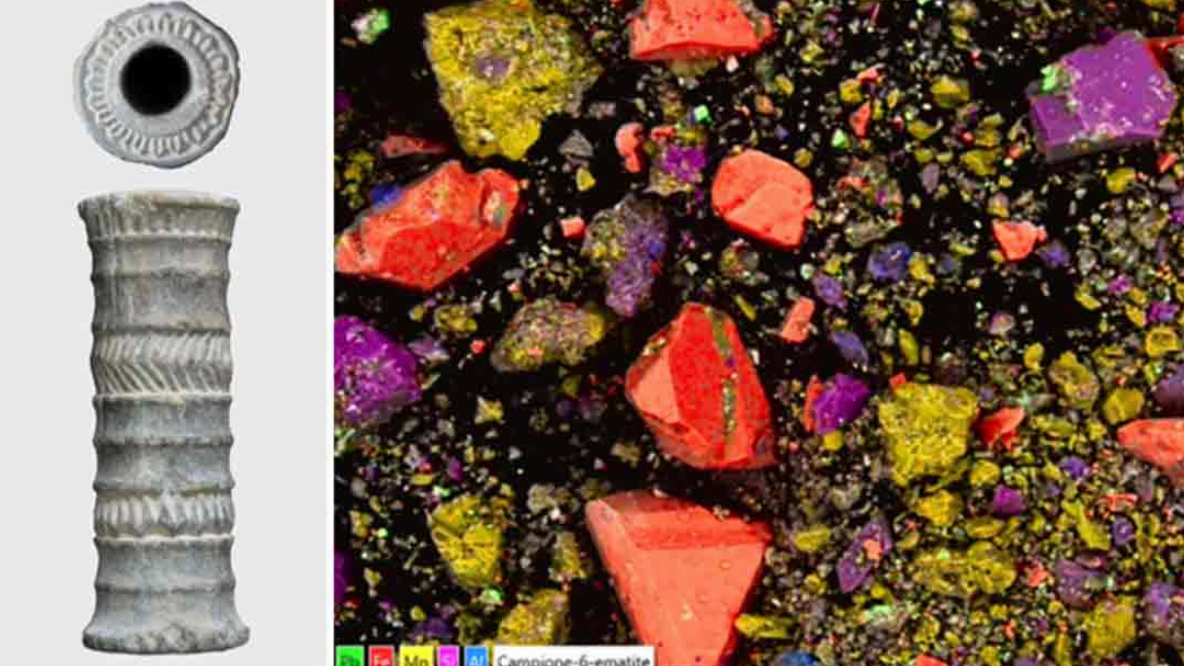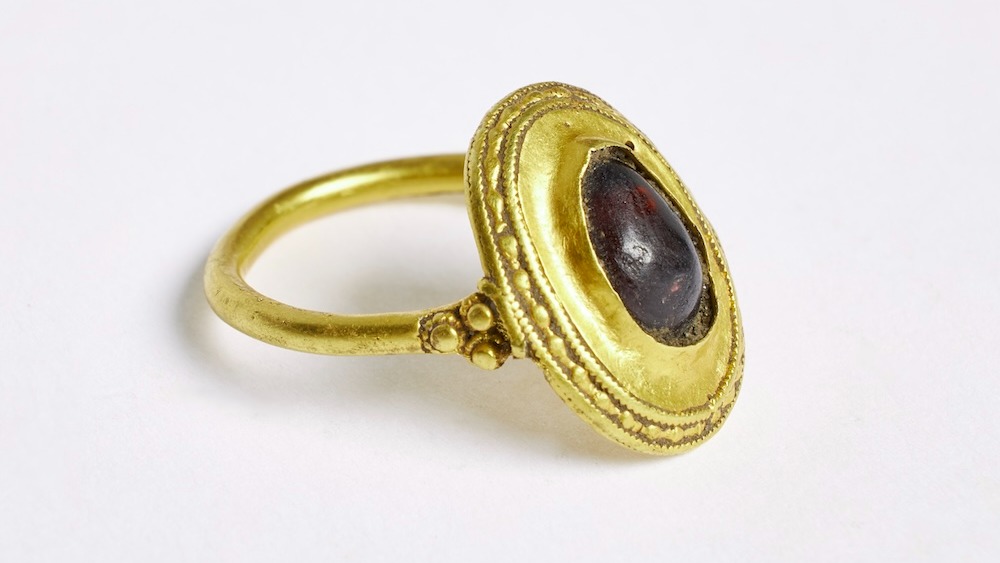Jennifer Nalewicki
Jennifer Nalewicki is former Live Science staff writer and Salt Lake City-based journalist whose work has been featured in The New York Times, Smithsonian Magazine, Scientific American, Popular Mechanics and more. She covers several science topics from planet Earth to paleontology and archaeology to health and culture. Prior to freelancing, Jennifer held an Editor role at Time Inc. Jennifer has a bachelor's degree in Journalism from The University of Texas at Austin.
Latest articles by Jennifer Nalewicki
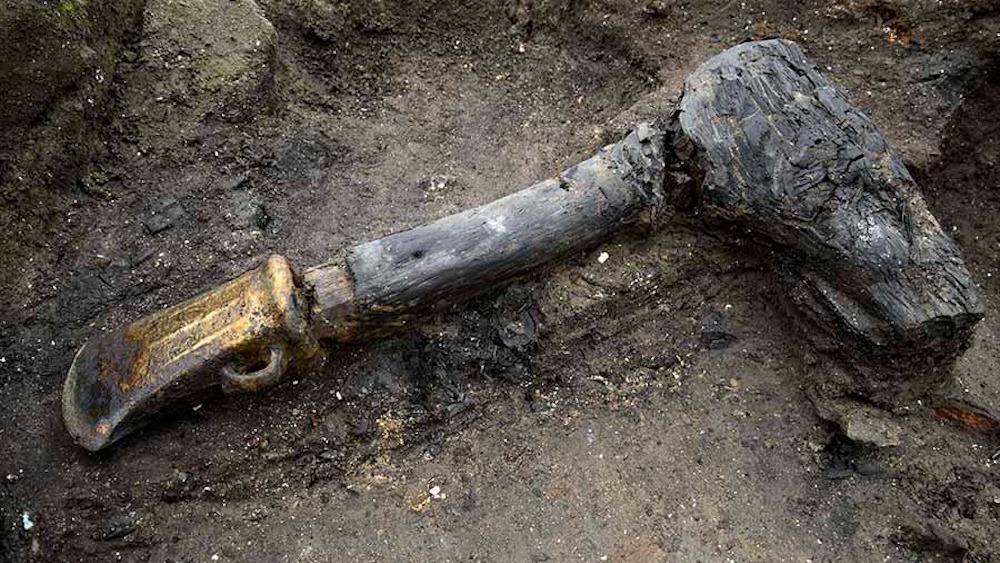
'You could almost see and smell their world': Remnants of 'Britain's Pompeii' reveal details of life in Bronze Age village
By Jennifer Nalewicki published
Archaeologists are studying a Bronze Age village built on stilts to better understand the lifestyles of the people who lived there.
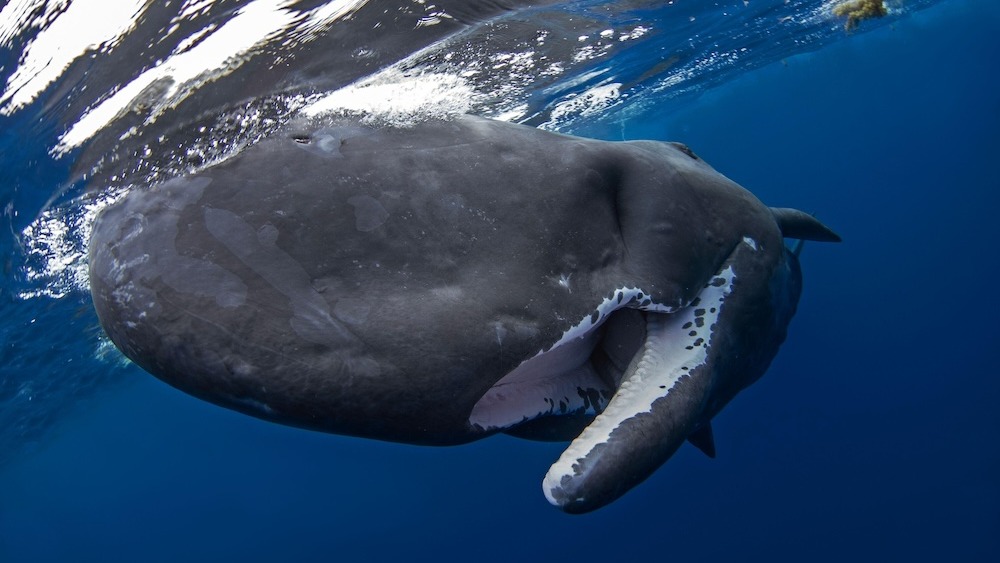
Sperm whales drop giant poop bombs to save themselves from orca attack
By Jennifer Nalewicki published
A pod of sperm whales flung their poop at unsuspecting orcas to avoid a fatal attack.

'Kermit the Frog' creature that lived 270 million years ago looked like a 'stout salamander' with 'cartoonish' grin
By Jennifer Nalewicki published
Scientists found the ancient amphibian fossil in the collection at the Smithsonian’s National Museum of Natural History.
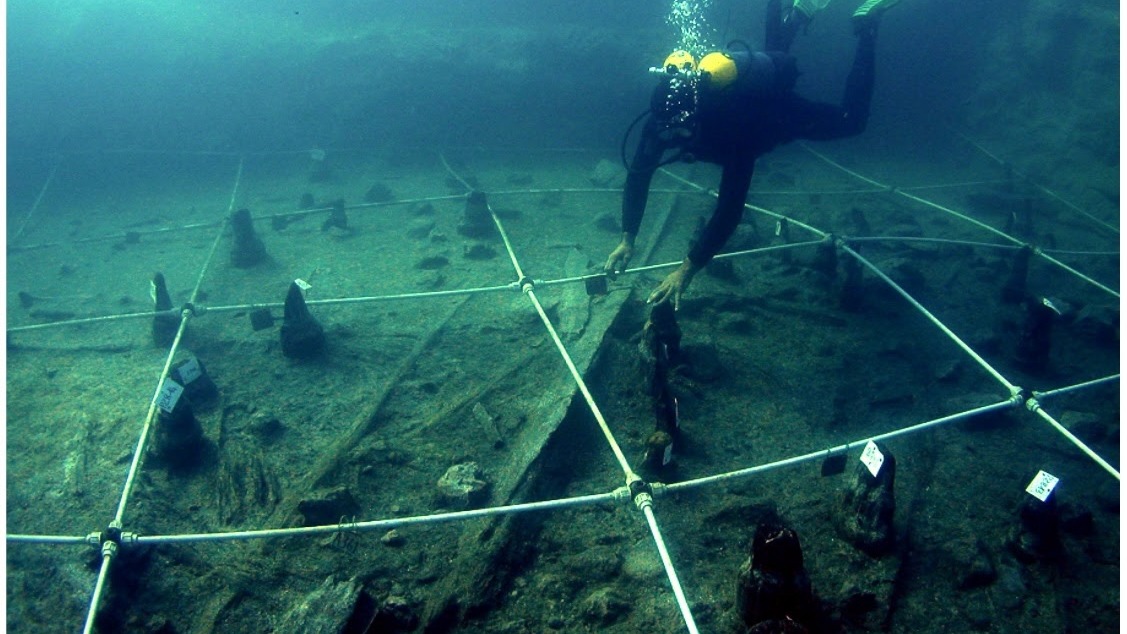
7,000-year-old canoes from Italy are the oldest ever found in the Mediterranean
By Jennifer Nalewicki published
The wooden vessels were likely used by Neolithic people for fishing and transport.
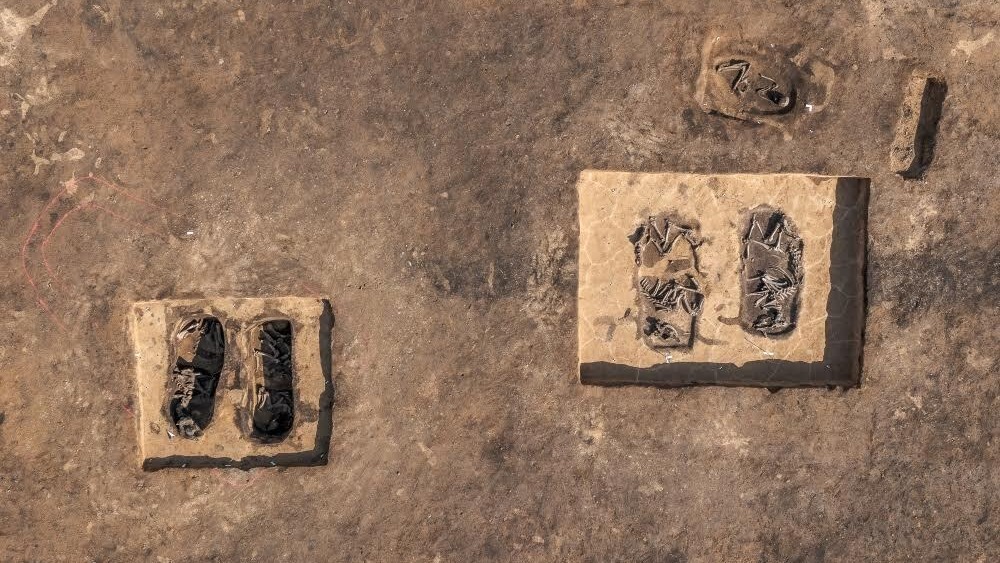
'Astonishing' Neolithic burial containing a human, cattle and chariot discovered in Germany
By Jennifer Nalewicki published
The massive Neolithic burial site was part of a processional route where cattle were sacrificed.
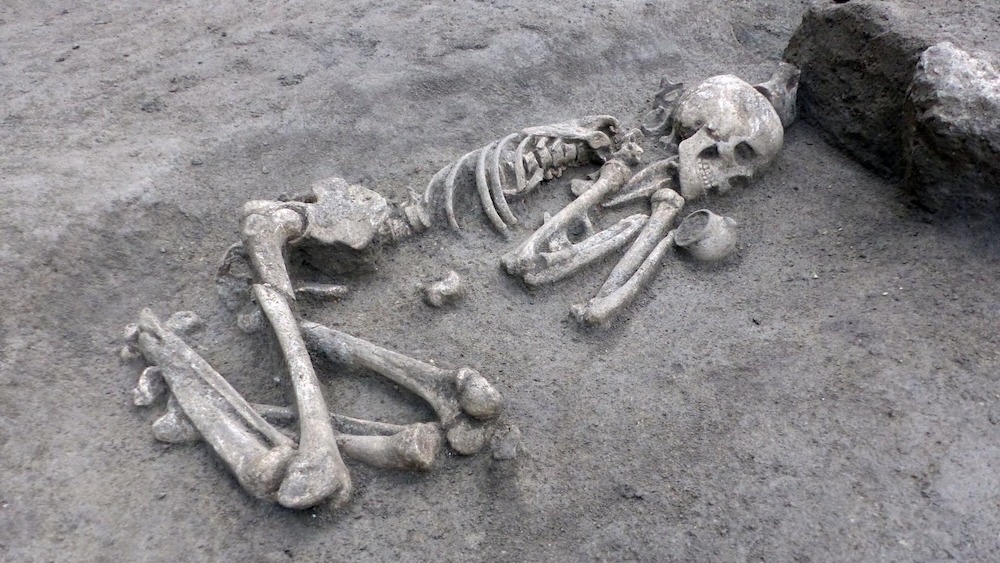
Dozens of Neolithic burials and 'sacrificed' urns and ax discovered in France
By Jennifer Nalewicki published
The site was occupied throughout much of the Neolithic period and contains dozens of ancient burials and artifacts.
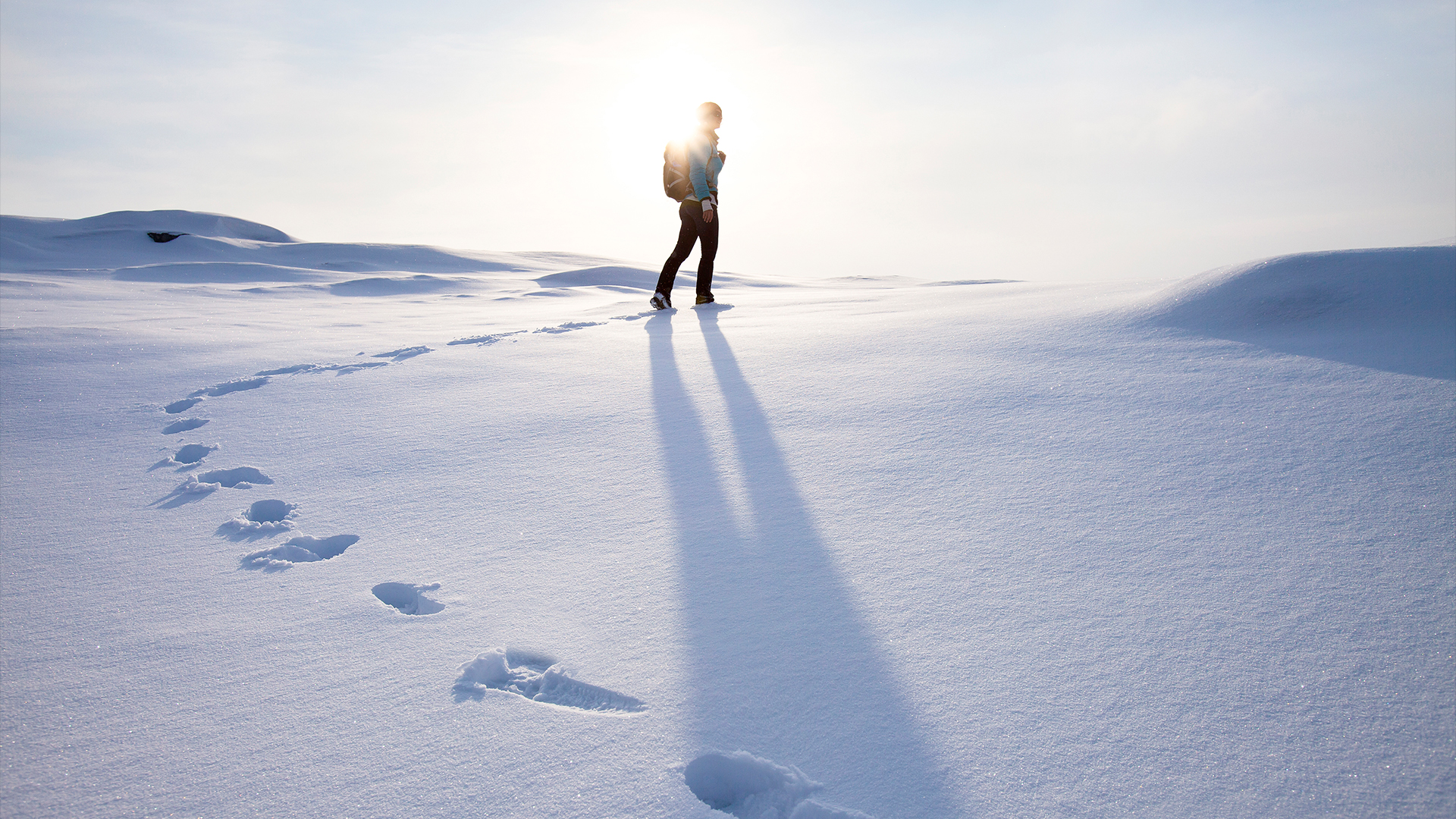
Why does snow squeak when you walk on it?
By Jennifer Nalewicki published
The science behind why snow crunches underfoot.

Genetic quirk in 25% of Labrador retrievers can lead to overeating, obesity
By Jennifer Nalewicki published
Scientists have discovered that a genetic mutation in certain breeds of dogs can lead to obesity.
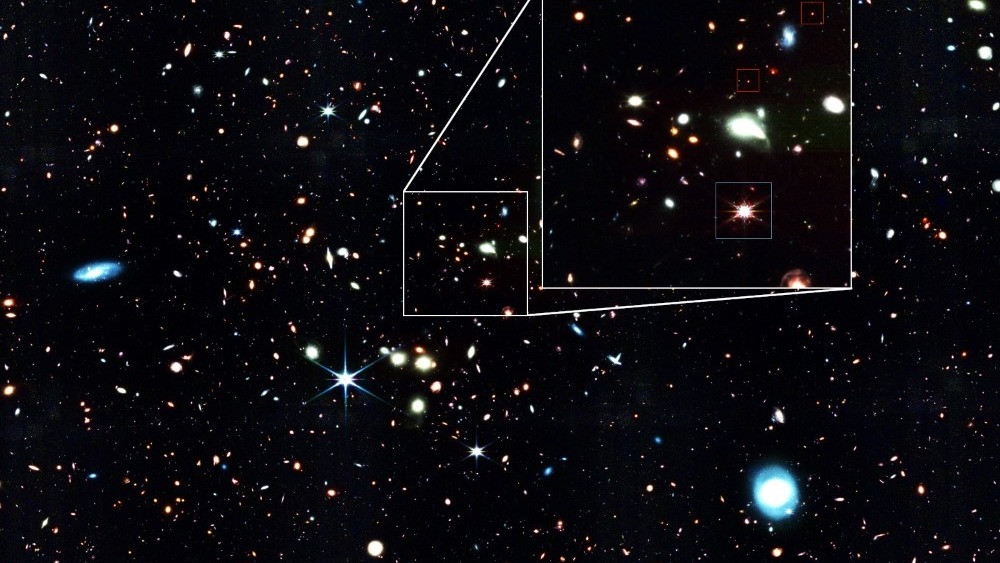
'Baby quasars' spotted by James Webb telescope could transform our understanding of monster black holes
By Jennifer Nalewicki published
Scientists think that by studying a cluster of "baby quasars," they can get a better understanding of supermassive black holes in the early universe.

Chernobyl worms appear unaffected by radiation from world's worst nuclear disaster
By Jennifer Nalewicki published
Microscopic worms in Chernobyl remain unscathed despite having been long exposed to radiation.
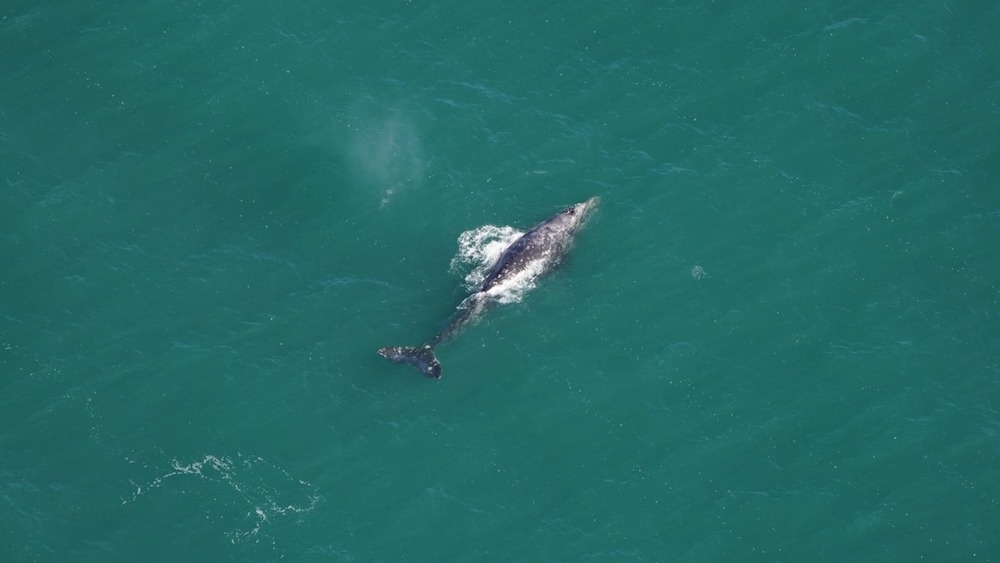
'Should not really exist in these waters': Scientists spot gray whale, thought to be extinct in the Atlantic, off Massachusetts coast
By Jennifer Nalewicki published
Scientists spotted a gray whale — believed to be extinct in the Atlantic Ocean — while conducting an aerial survey.
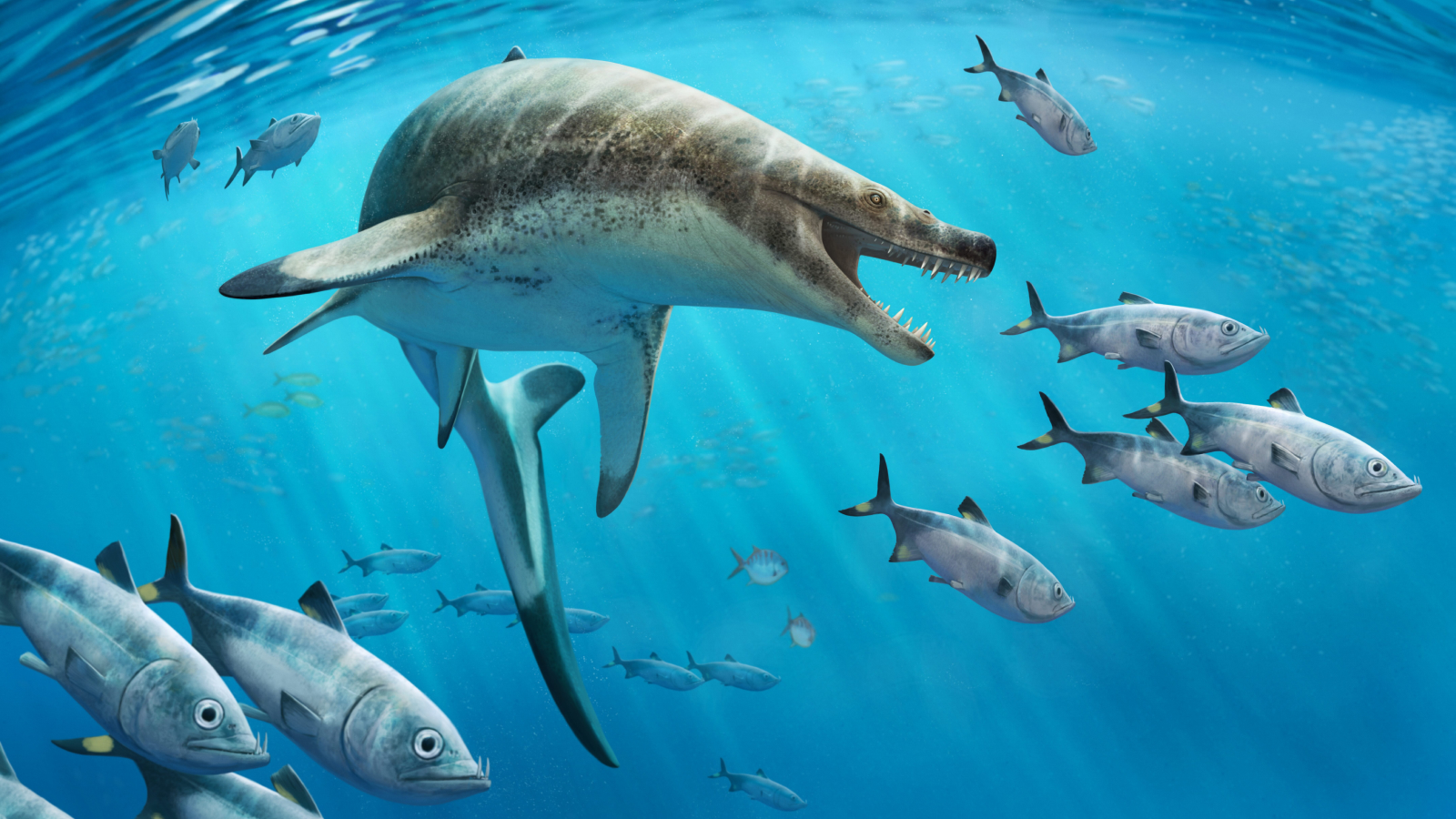
Dinosaur-age sea monster with 'face full of huge, dagger-shaped teeth' discovered in Moroccan mine
By Jennifer Nalewicki published
Extinct marine lizard the size of an orca with sharp teeth and a strong jaw was a top predator during the dinosaur age.

China will launch giant, reusable rockets next year to prep for human missions to the moon
By Jennifer Nalewicki published
China's new jumbo-size, reusable rockets are part of the country's plans to send humans to the moon by 2030.

Risk of AFib tied to sugary and artificially sweetened drinks
By Jennifer Nalewicki published
A study links drinking sugary sodas and artificially sweetened beverages to an increased arrhythmia risk.
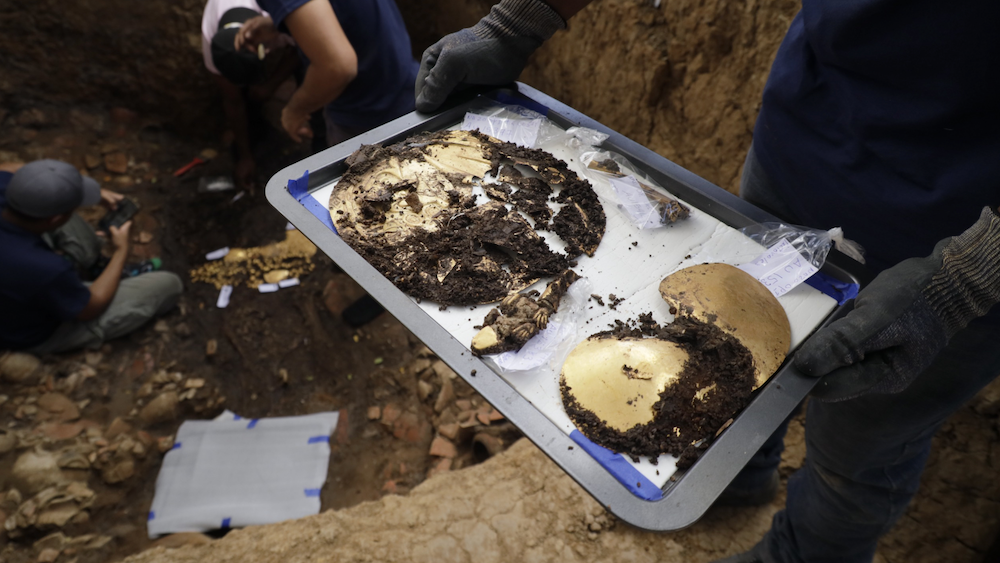
1,200-year-old lord's tomb laden with gold unearthed in Panama
By Jennifer Nalewicki published
The tomb was likely built for a pre-Hispanic, high-status adult male.
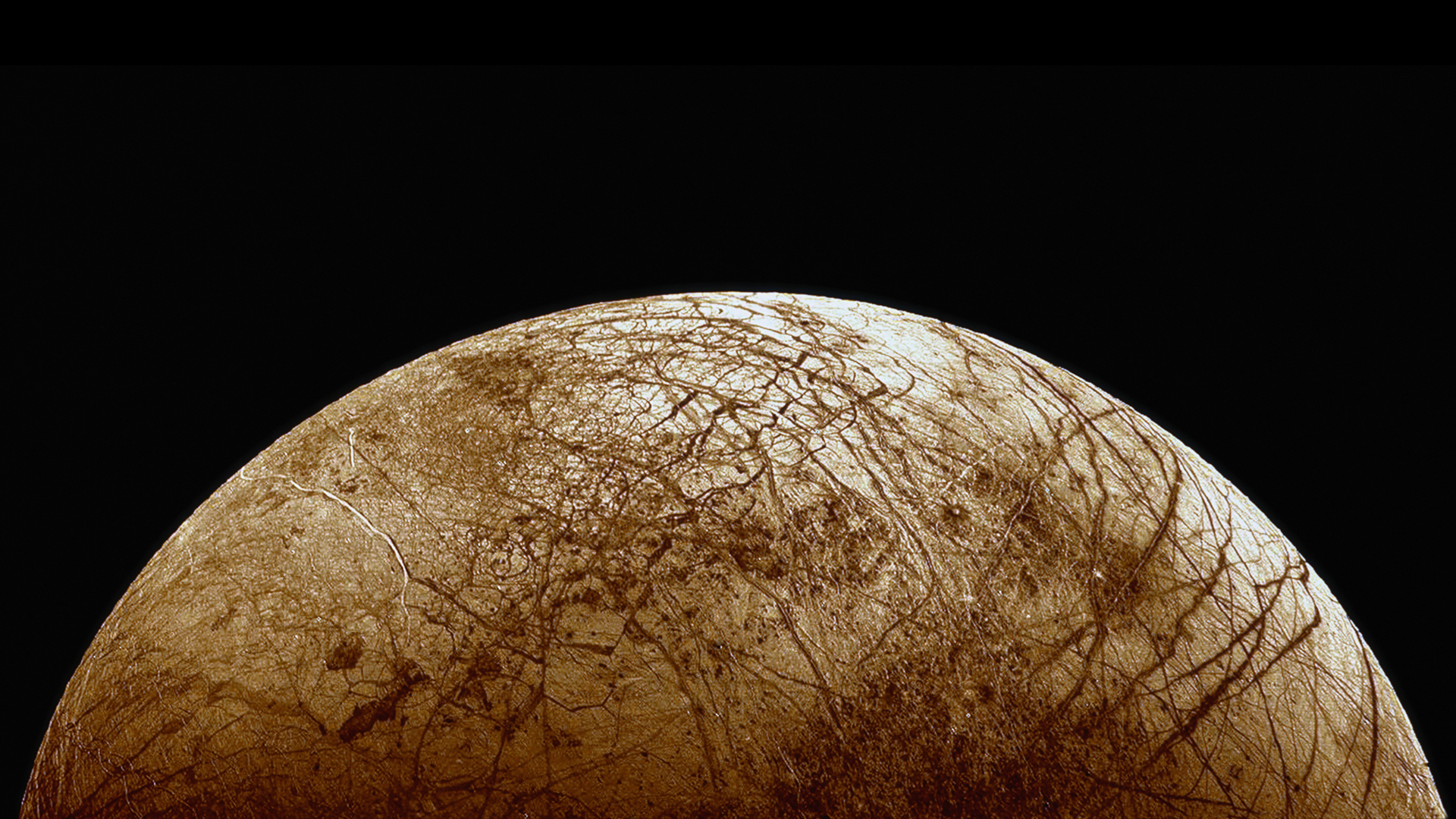
Jupiter's moon Europa lacks oxygen, making it less hospitable for sustaining life
By Jennifer Nalewicki published
Data compiled from NASA's Juno mission shows that Europa, Jupiter's ice-covered moon, severely lacks oxygen.
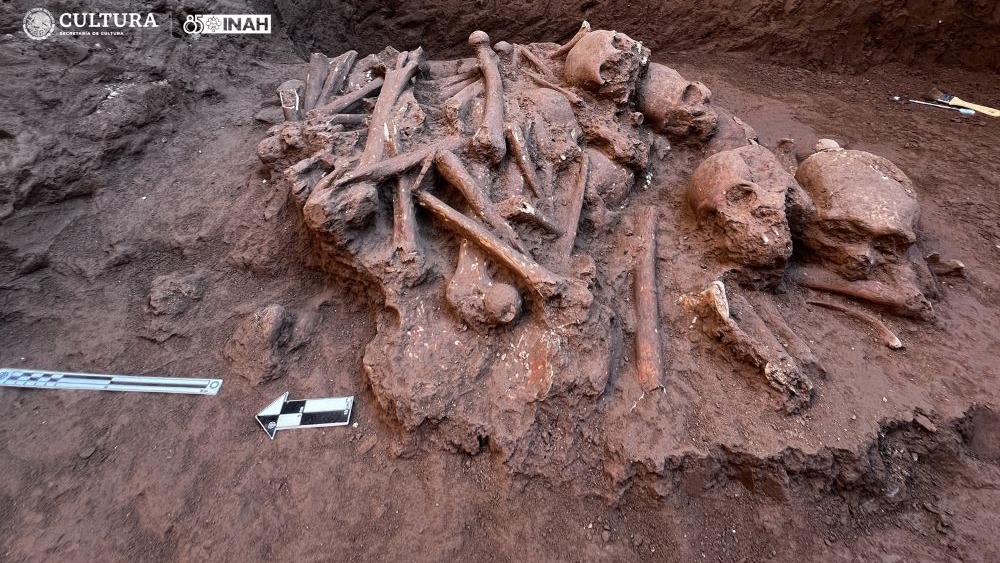
1,500-year-old burial with stacked bones discovered during sewer system dig in Mexico
By Jennifer Nalewicki published
Archaeologists in Mexico discovered a pre-Hispanic burial containing human remains.
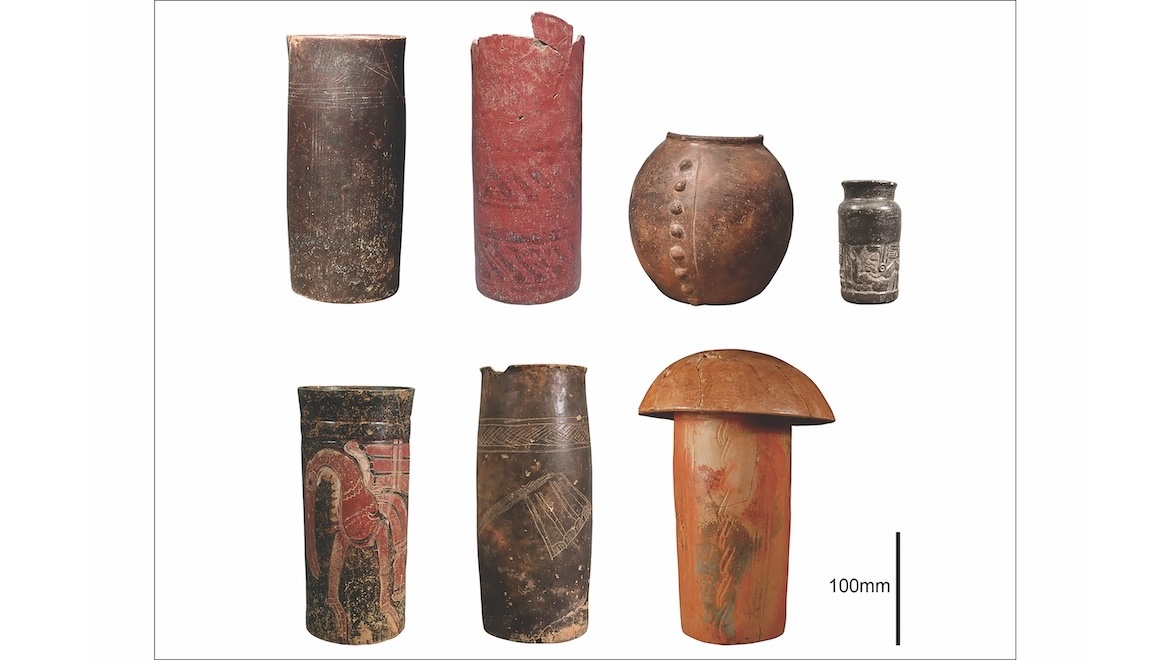
1,000-year-old vessels found in Guatemala held tobacco possibly used as 'narcotics to induce deep sleep, visions and divinatory trances'
By Jennifer Nalewicki published
Archaeologists have discovered a collection of pre-Hispanic ceramic vases that contain traces of nicotine, possibly from liquid infusion.
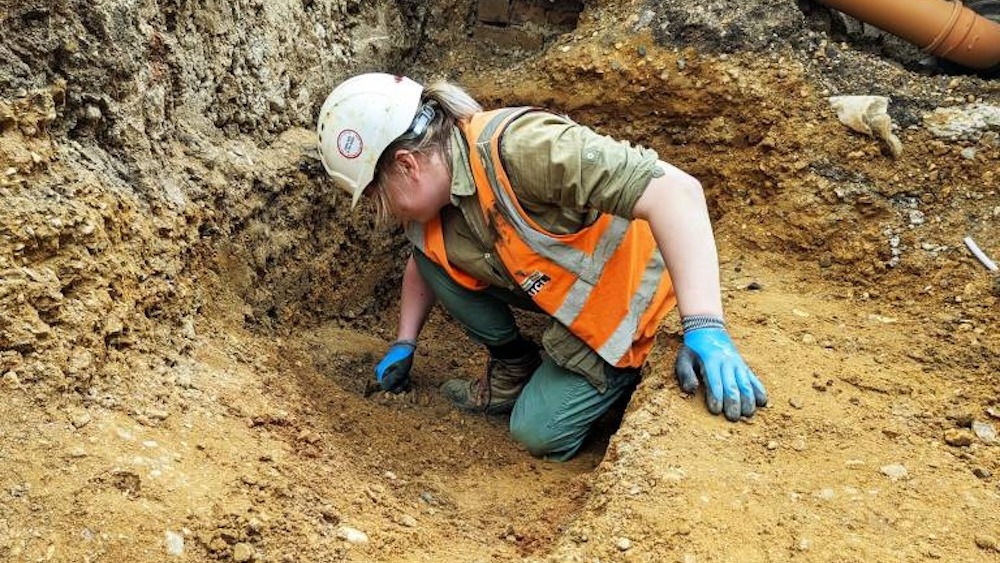
Remains of 7th-century Saxon town discovered under central London
By Jennifer Nalewicki published
Archaeologists have found traces of a Saxon town known as Lundenwic buried beneath London.

Items used by Roman cavalry and other treasures unearthed by metal detectorist in Wales
By Jennifer Nalewicki published
A collection of artifacts found on an island in Wales could be part of a religious offering.
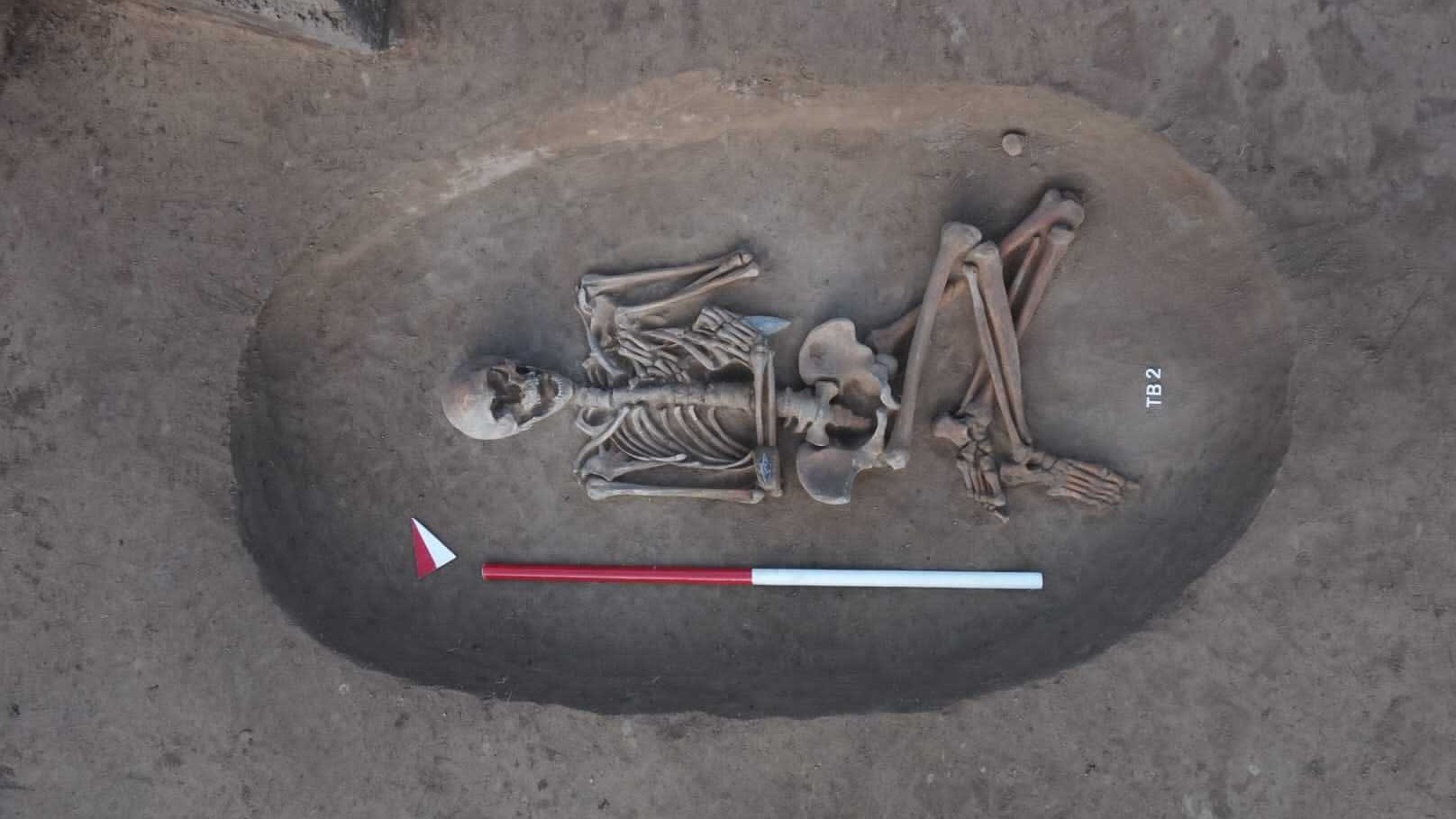
Copper Age necropolis unearthed in Italy contains skeletal remains and still-sharp weapons, maybe from ancient warriors
By Jennifer Nalewicki published
The necropolis dates to the Copper Age and contains 22 tombs.
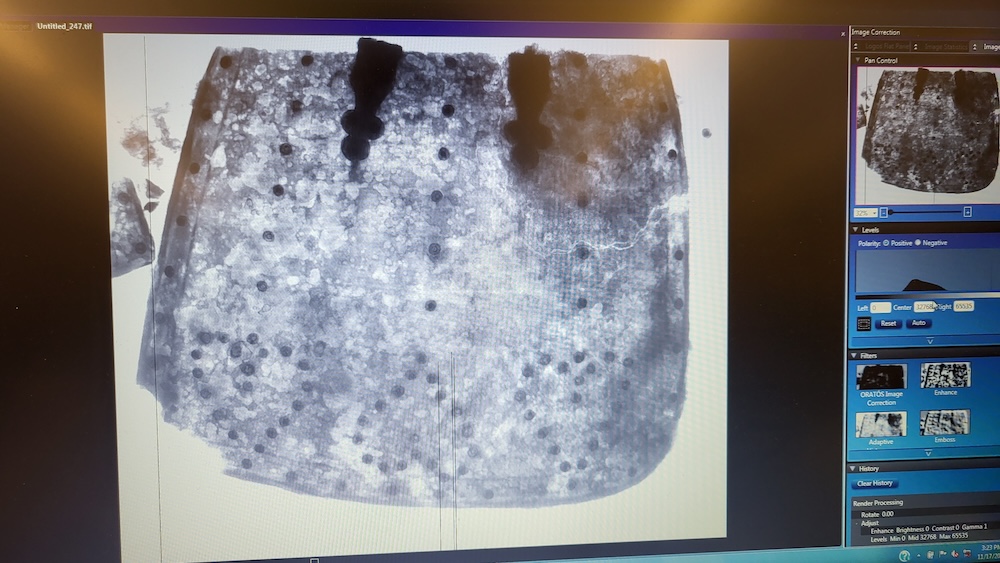
'Rare' metal slab found in Maryland was once part of a suit of armor worn by colonists
By Jennifer Nalewicki published
A mysterious scrap of metal found at a 1634 settlement in Maryland was once part of a suit of armor.

Can animals really smell fear in humans?
By Jennifer Nalewicki published
Many animals have a good sense of smell, but can they smell chemical signals that indicate a person is fearful?
Sign up for the Live Science daily newsletter now
Get the world’s most fascinating discoveries delivered straight to your inbox.
